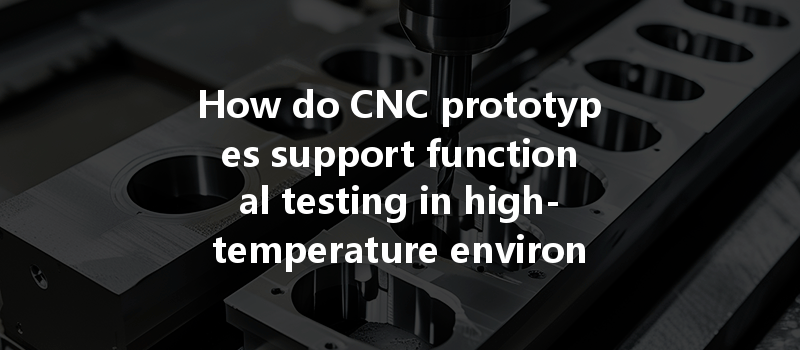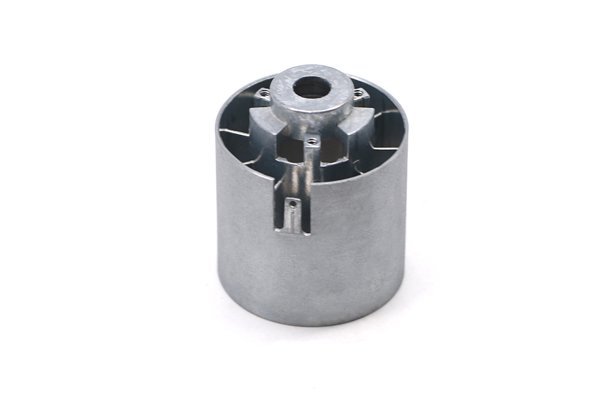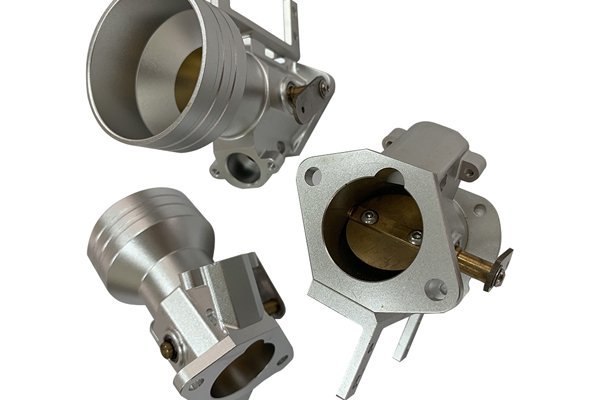Did you know that the aerospace industry is projected to have a market value of over $900 billion by 2028? With such dramatic growth, the demand for precision engineering and prototyping has skyrocketed. One critical aspect of achieving high performance in aerospace components, and many other industries, is the ability to conduct functional testing of prototypes under high-temperature conditions. This brings us to CNC (Computer Numerical Control) machining techniques, which offer a solution for fabricating precise prototypes capable of enduring extreme conditions, allowing companies to evaluate and innovate effectively.
In this comprehensive blog, we will explore how CNC prototypes can be utilized for functional testing in high-temperature environments. We will examine the necessary materials, machining techniques, design considerations, and potential challenges. By the end, you will have a deeper understanding of how CNC technology can provide valuable insights into product performance, particularly in high-temperature applications.
—
Understanding CNC Prototyping
Before diving into high-temperature testing, let’s clarify what CNC prototyping entails. CNC machining is a highly automated manufacturing process that uses computer-controlled tools to produce parts with great accuracy and repeatability. It is widely employed in various industries, including aerospace, automotive, medical, and defense, for producing prototypes that meet precise specifications.
Benefits of CNC Prototyping
—
High-Temperature Applications for CNC Prototypes
High-temperature environments pose unique challenges. These can include:
Materials for High-Temperature CNC Prototyping
Selecting materials is crucial for a project aiming to withstand severe temperatures. Some commonly used materials in high-temperature prototypes include:
—
Key Considerations for Functional Testing in High-Temperature Environments
When conducting functional tests on CNC prototypes designed for high-temperature applications, several key factors should be addressed:

Testing Methodology
—
Challenges in High-Temperature CNC Prototyping
Though CNC machining offers remarkable benefits, challenges remain in producing prototypes for high-temperature applications:
—
Solutions for Overcoming Challenges
Thermal Management: Design features that can help manage heat accumulation through conduction, convection, and radiation. Adding cooling channels or using heat sinks can significantly improve performance.
Trial and Error: Initial prototypes may need multiple iterations before achieving the desired results. Keeping rigorous documentation will aid in understanding how each change affects performance.
Advanced CNC Tools: Utilizing modern CNC machines with specialized cutting tools designed for high temperatures can mitigate issues related to tool wear.
Collaboration with Material Scientists: Working closely with material suppliers can provide insights into the best choices for specific applications, including potential alternatives.
—
Real-world Applications and Case Studies
—
In summary, CNC prototypes can effectively support functional testing in high-temperature environments, given the right considerations in material selection, design, tooling, and testing methodologies. With exponential growth in industries relying on high-performance components, it is paramount for engineers and manufacturers to understand how to leverage CNC machining for optimal outcomes.
This blog illustrates the importance of having robust CNC prototyping processes in place to ensure components meet stringent requirements for high-temperature applications. By addressing the challenges and implementing thoughtful solutions, you can improve your product’s performance and reliability significantly.
As industries advance and technology evolves, knowing how to navigate the complexities of high-temperature CNC prototyping will be invaluable for engineers, designers, and manufacturers alike. So, as you continue your journey in this field, remember the significance of functional testing and the advancements CNC machining brings to material science. Understanding these concepts could mean the difference between success and failure in critical applications.
—






